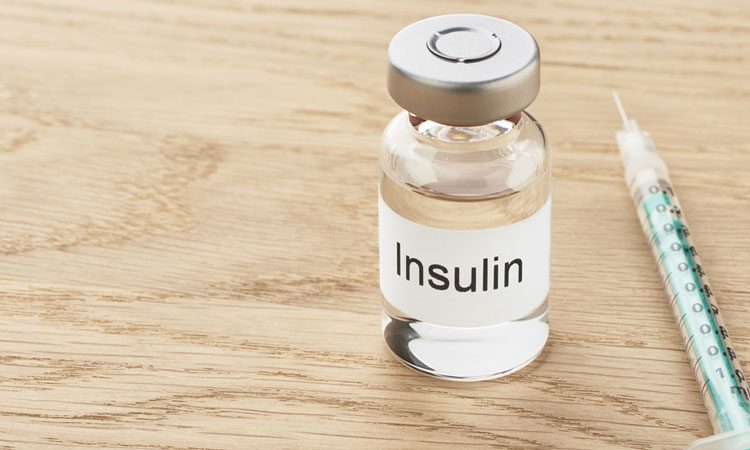
We have looked for ways to make life better for us since the dawn of time. What will we do without the internet, our iPhones or high-speed travel? The digital era has brought us some impressive technical advancements.
For certain people, it seems rough to live life without these things. If you have diabetes, though, no wonder you’re already a huge fan of one particular finding from the 20th century: insulin.
Insulin and Diabetes
People with diabetes could not survive for long until insulin was detected in 1921; there wasn’t anything that doctors could do with them. The most successful approach was to place diabetes patients on very strict diets with limited intake of carbohydrates. This could buy a few more years for patients, but couldn’t save them. Harsh diets have often also led people to die of malnutrition (some recommended as little as 450 calories a day!).
So how has this marvelous breakthrough flourished? A bit more than 100 years ago, let’s fly there….
Two German researchers, Oskar Minkowski and Joseph von Mering noticed in 1889 that the animals exhibited signs of diabetes after the pancreas gland was removed from the dogs and died shortly afterward. This contributed to the belief that the pancreas was the site of the manufacture of “pancreatic substances” (insulin).
This hunt was limited to the islets of Langerhans by later experimenters (a name for clusters of specialized cells in the pancreas). In 1910, Sir Edward Albert Sharpey-Shafer suggested that in persons with diabetes, only one chemical was absent from the pancreas. He chose to name this chemical insulin, meaning “island,” which derives from the Latin word “insula.”
And what next happened? A genuinely miraculous something. In 1921, Frederick Banting, a young veterinarian, and Charles Best, his partner, worked out how to extract insulin from the pancreas of a puppy. Skeptical peers said the material seemed like “thick brown muck,” but little did they realize that for millions of people with diabetes, this would lead to survival and hope.
Banting and Best kept another dog with extreme diabetes alive for 70 days with this murky concoction; the dog died only because there was no extract left. With this achievement, the researchers, along with the aid of colleagues from J.B. John Macleod and Collip went a little deeper. A more refined and pure source of insulin, this time from cattle’s pancreases, was produced.
Leonard Thompson, a 14-year-old boy dying from diabetes in a hospital in Toronto, became the first male to undergo an insulin injection in January 1922. Leonard’s dangerously high blood glucose levels fell to near-normal levels within 24 hours.
The news about insulin spread like flames around the world. The Nobel Prize in Medicine was awarded to Banting and Macleod in 1923, which they shared with Best and Collip. Thank you, researchers in the world of diabetes!
Soon afterwards, Eli Lilly, a medical company, began large-scale development of insulin. It wasn’t long before enough insulin was in operation to feed the whole continent of North America. Manufacturers developed a number of slower-acting insulins in the decades that followed, first launched in 1936 by Novo Nordisk Pharmaceuticals, Inc.
For several years, insulin from cattle and pigs has been used to cure diabetes and save millions of lives, but it was not ideal because it led many people to have allergic reactions. In 1978, E. Coli was used to develop the first genetically modified, synthetic ‘human’ insulin. Coli bacteria are used to manufacture insulin. In 1982, Eli Lilly went on to sell the first commercially available biosynthetic human insulin under the Humulin brand name.
Insulin today
Insulin now appears in multiple varieties, from normal human insulin to ultra-rapid to ultra-long-acting insulins, which are similar to what the body produces on its own. People with diabetes will choose from a variety of formulas and ways to take their insulin depending on their particular preferences and habits, due to decades of study. Insulin has gone a long way, from Humalog to Novolog and insulin pens to pumps. It may not be a diabetic fix, but it’s a lifesaver, basically.
So, what’s insulin next? Scientists are not sure (though they’re working hard on it!), but one thing is certain: in the field of diabetes, insulin is a medical marvel.


